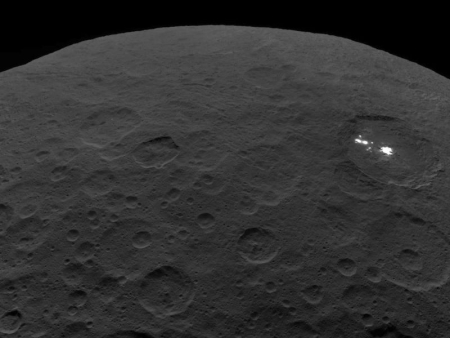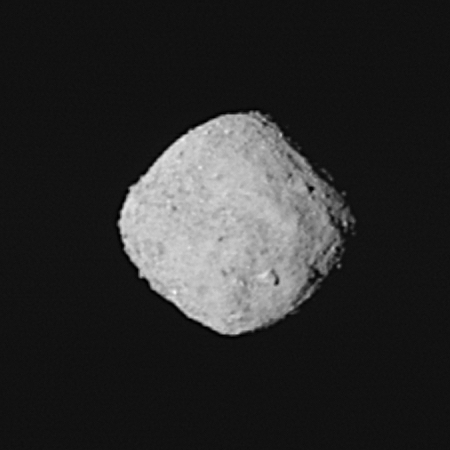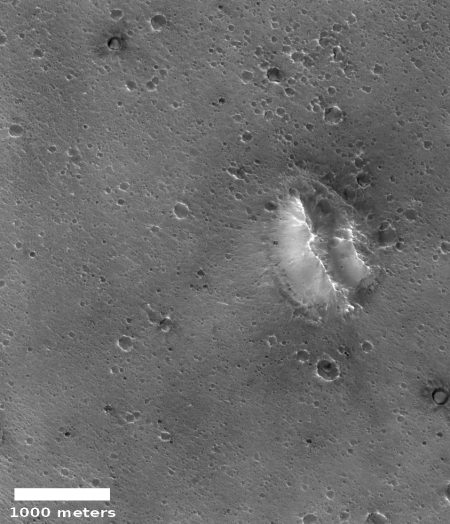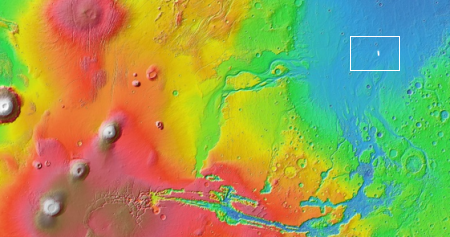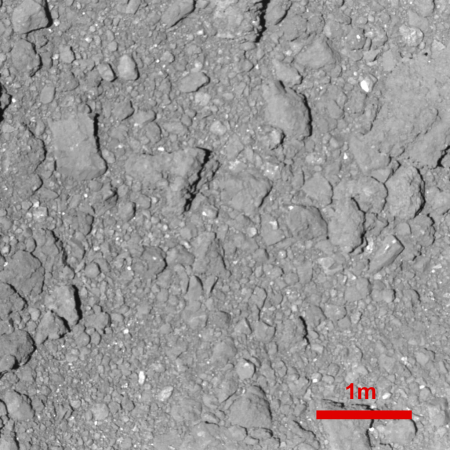Russia launches another Soyuz, placing GPS-type satellite in orbit
Russia today successfully placed a Glonass GPS-type satellite in orbit using a variation of its Soyuz rocket.
This is the second launch of a Soyuz since the October 11 manned launch failure. Though both launches used versions different from the October 11 rocket, the first stage strap-on boosters as well as second core stage were the same, providing strong proof that the December manned launch to ISS can go on as planned.
The leaders in the 2018 launch race:
31 China
17 SpaceX
10 Russia
8 ULA
7 Europe (Arianespace)
China still leads the U.S. 31 to 26 in the national rankings.
Russia today successfully placed a Glonass GPS-type satellite in orbit using a variation of its Soyuz rocket.
This is the second launch of a Soyuz since the October 11 manned launch failure. Though both launches used versions different from the October 11 rocket, the first stage strap-on boosters as well as second core stage were the same, providing strong proof that the December manned launch to ISS can go on as planned.
The leaders in the 2018 launch race:
31 China
17 SpaceX
10 Russia
8 ULA
7 Europe (Arianespace)
China still leads the U.S. 31 to 26 in the national rankings.

